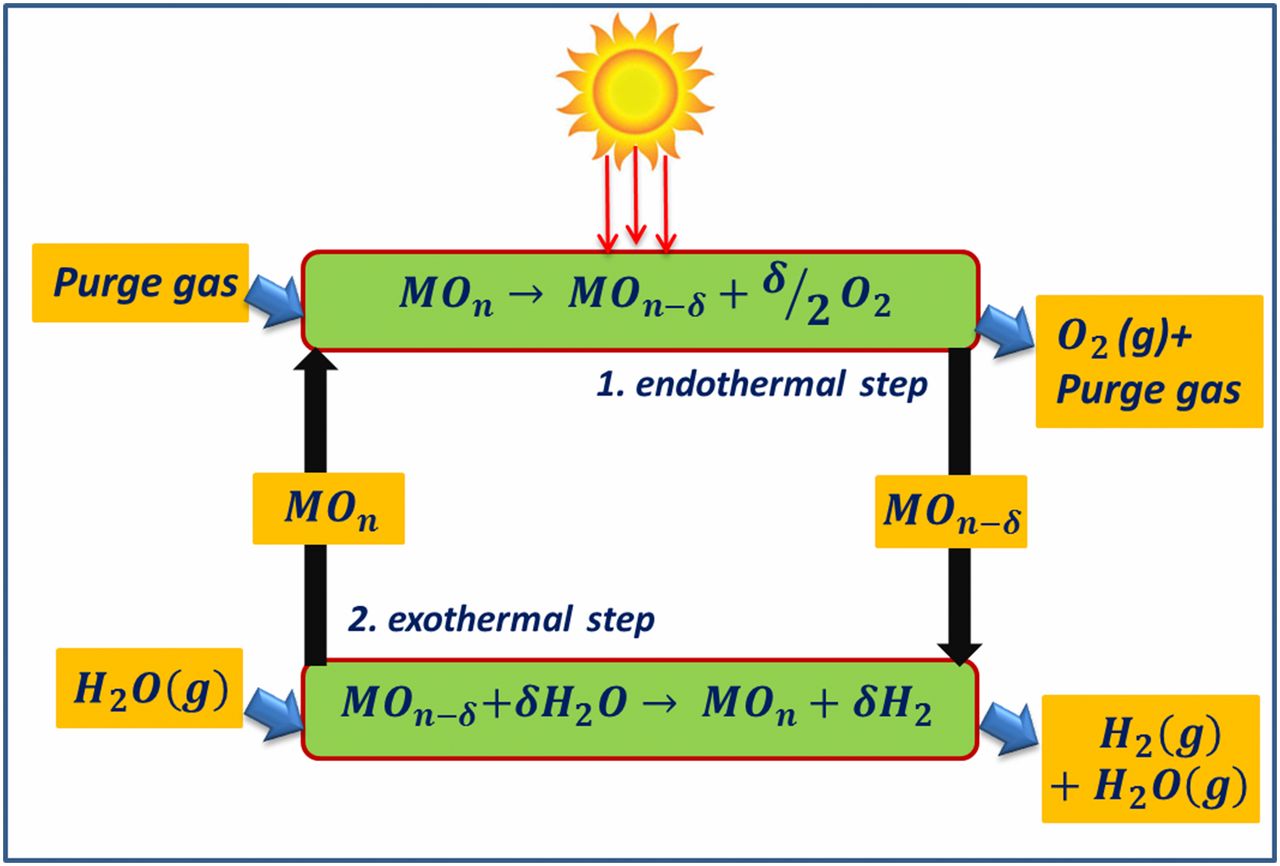Abstract: The parabolic trough collector remains one of the most extensively deployed technologies for concentrating solar power and heating. Enhancing the thermal performance of the receiver tube, which is its core component, is critical for improving overall system efficiency. Longitudinal fins represent a simple and cost-effective method for augmenting heat transfer within the receiver. However, …
test
A new (older) steel helps solve thermal energy storage tank failure
test headng sizes
images
draw attention
Fonts Test for Divi
This is H1 that is only used by your design for titles, I don’t use it to write This is H2 that I sometimes put above the image for the post if it needs a seo boost This is H3 that I use on captions to differentiate them from text text (and when I have …
Fraunhofer finds hybrid PV-CSP in Chile beats gas LCOE
IMAGE@Fraunhofer: Comparison between Concentrated Solar Power and Gas-Based Generation in Terms of Economic and Flexibility-Related Aspects in Chile Hybrid PV-CSP in Chile A new study from energy engineering consultancy Fraunhofer – for Chile compares the Levelized Cost of Energy (LCOE) of hybrid solar with gas. Comparison between Concentrated Solar Power and Gas-Based Generation in Terms …
Continue reading “Fraunhofer finds hybrid PV-CSP in Chile beats gas LCOE”
Published at Solar Energy-Potential of solar thermochemical water-splitting cycles – A review
Abstract: Hydrogen fuel is a valuable tool to achieve the energy transition process, and according to the 2050 net zero emissions scenario its demand is expected to increase by more than 530 Mt H2. This article discusses several routes available to produce hydrogen fuel, with a special focus on solar thermochemical cycles for Water Splitting …
SolarPACES Lifetime Award Winner Prof. Valeriano Ruiz has passed away
The 2010 SolarPACES Lifetime Award Winner Prof. Valeriano Ruiz passed away yesterday. From SolarPACES, we would like to express our sympathy and condolences to his family and friends. More information on Protermosolar’s site: https://cutt.ly/IzEDYgo The post SolarPACES Lifetime Award Winner Prof. Valeriano Ruiz has passed away appeared first on SolarPACES.







